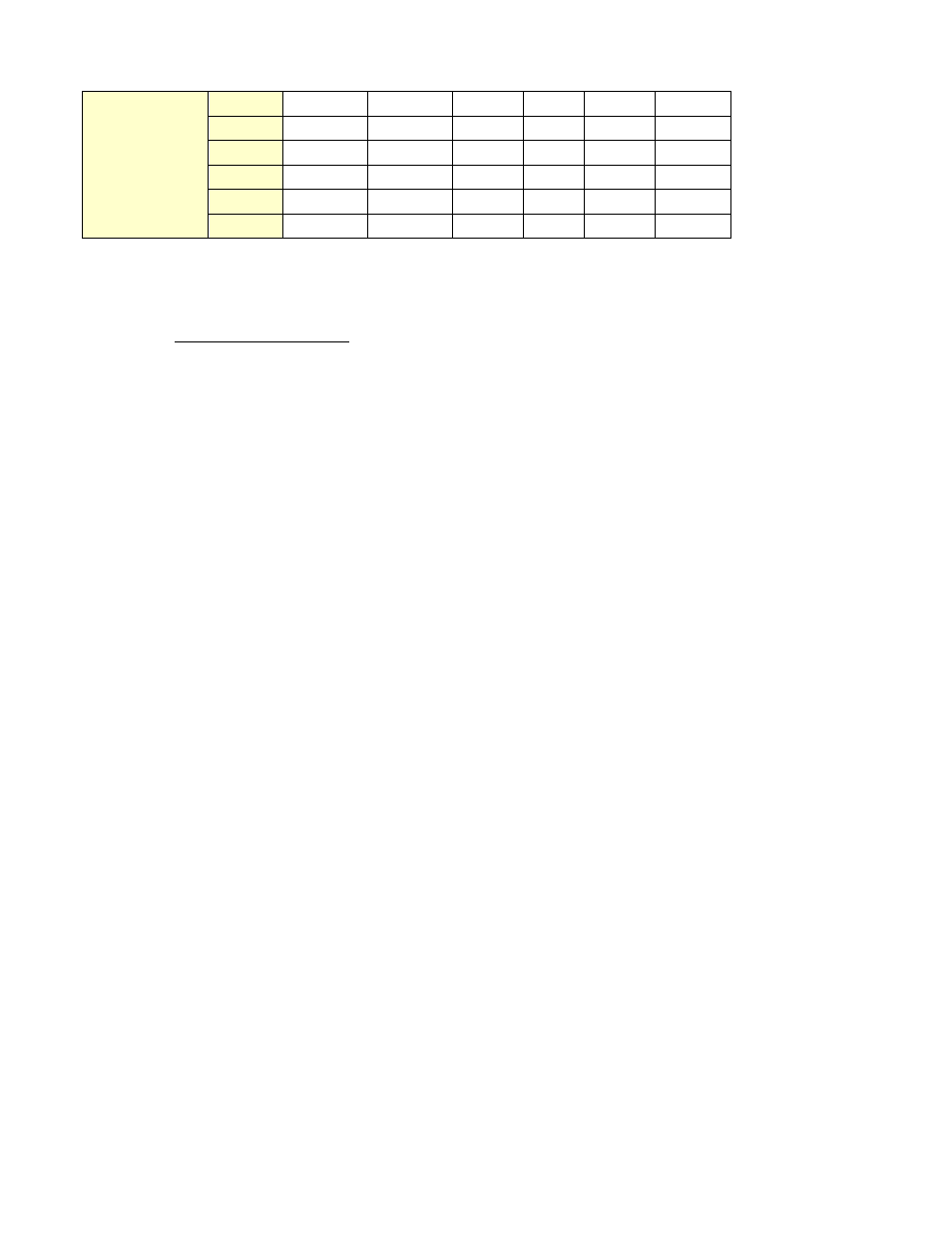Retrotec DM-2 User Manual
Page 64

Page 64 of 72
©Retrotec Inc. 2012
45
-1.0%
-0.5%
0.0%
0.5%
1.1%
1.6%
50
0.0%
0.0%
0.0%
0.0%
0.0%
0.0%
55
1.0%
0.5%
0.0%
-0.5%
-0.9%
-1.4%
60
1.8%
0.9%
0.0%
-0.9%
-1.8%
-2.7%
65
2.7%
1.3%
0.0%
-1.3%
-2.6%
-3.9%
70
3.4%
1.7%
0.0%
-1.7%
-3.3%
-4.9%
Achieved pressure is the actual maximum pressure achieved in the enclosure during the test.
𝐸𝑟𝑟𝑜𝑟 = (
𝑃𝑟𝑒𝑠𝑠𝑢𝑟𝑒 𝑜𝑓 𝐼𝑛𝑡𝑒𝑟𝑒𝑠𝑡
𝐴𝑐ℎ𝑖𝑒𝑣𝑒𝑑 𝑃𝑟𝑒𝑠𝑠𝑢𝑟𝑒
)
(𝐴𝑐𝑡𝑢𝑎𝑙 𝑛−𝐴𝑠𝑠𝑢𝑚𝑒𝑑 𝑛)
In the tables, the Pressure of Interest is 50Pa, and Assumed n is 0.65 or 0.60
The actual flow exponent n for an enclosure can be calculated by measuring building leakage at
multiple pressure differences, from 10 to 50 Pa, and determining the slope of the line:
Flow = C
×𝑃𝑟𝑒𝑠𝑠𝑢𝑟𝑒
𝑛
The graph of pressure versus flow will be linear if graphed on a log-log scale, and the slope will be n.
